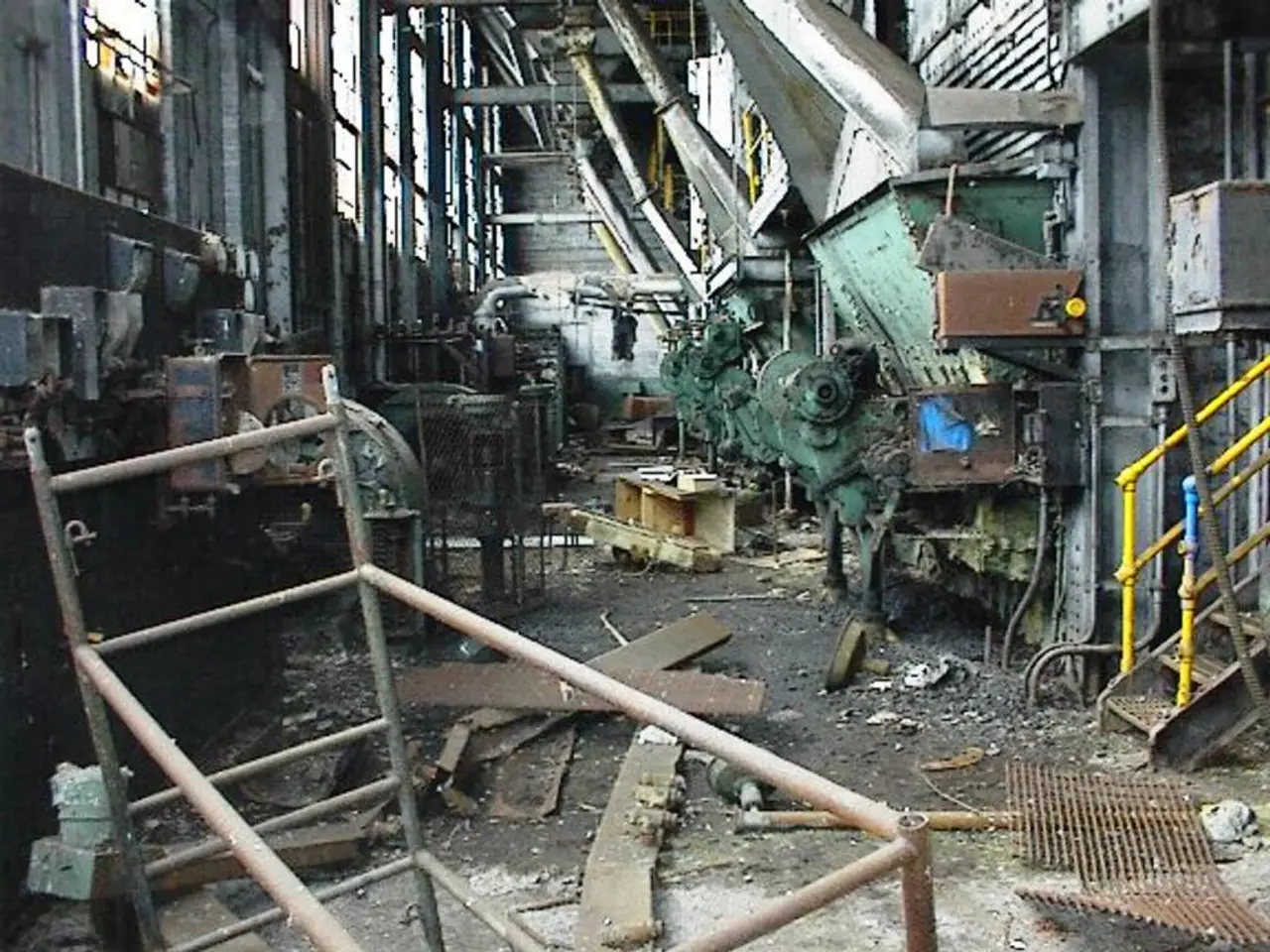Ethereum (ETH) Warns of a 'Death Cross': Is It Worth Worry Now?
In the ever-evolving world of cryptocurrency, Ethereum (ETH) is currently navigating a significant technical indicator known as a "death cross." This event, which occurs when the 50-day simple moving average (SMA) crosses below the 200-day SMA, is often seen as a strong bearish signal, suggesting potential price declines.
As of late June 2025, Ethereum has been struggling to break above the 20- and 50-day EMAs, which are now acting as resistance rather than support. This price rejection supports the bearish outlook, keeping downside risks elevated.
Historical precedent provides a grim reminder. In mid-2022, a similar death cross preceded a roughly 34-40% drop, with ETH falling from approximately $1,750 to about $1,150 by December 2022. Analysts now warn that ETH may face a similar significant downside move, potentially falling toward $1,835, a key Fibonacci retracement level from previous price action.
However, it's important to note that Ethereum's position as the largest layer-one blockchain by total value locked (TVL) and increasing network activity, including the highest daily transaction count since January 2024, offers a glimmer of hope. Some analysts argue that death crosses may sometimes mark the start of a consolidation phase preceding renewed growth.
The bullish outlook suggests that ETH could recover to the $3,000 range by Q4 2025 and even reach $3,500 by year-end if positive market conditions resume. However, these predictions are contingent on market and geopolitical developments.
Meanwhile, the validator architecture of Ethereum is evolving, contributing to positive fundamentals. Additionally, the tradable float of Ethereum is reaching pre-Merge levels due to more than a quarter of the supply being immobilized and another 19% held in long-term "hodl" addresses.
At the time of writing, Ethereum is trading at $2462, up 0.32% in the last 24 hours and 10% weekly. If a death cross occurs, it would be the first on Ethereum's daily chart since late February. In the event of a fall, potential support levels for Ethereum are in the range of $2,000 and $2,100.
In summary, while the death cross formation signals a significant risk of a steep near-term decline for Ethereum—potentially around 40%—the broader network fundamentals and the possibility of eventual price consolidation mean that a medium-to-long-term recovery remains plausible, contingent on market and geopolitical developments. Investors are advised to closely monitor these developments and make informed decisions accordingly.
- Despite the bearish signal from the death cross, Ethereum's large market cap and increasing network activity suggest a potential consolidation phase preceding renewed growth, according to some analysts.
- The validator architecture of Ethereum is evolving, contributing to positive fundamentals, and the tradable float of Ethereum is reaching pre-Merge levels, with more than a quarter of the supply being immobilized and another 19% held in long-term "hodl" addresses.
- In the ever-changing world of finance, the trading price prediction for Ethereum by Q4 2025, under positive market conditions, pegs the price at around $3,000, with a bullish outlook stretching to $3,500 by year-end.
- Amidst the ongoing price volatility, Bitcoin, the pioneer of cryptocurrencies, has caught the attention of a 'whale' investor who recently stacked a significant amount of Bitcoin, adding to the anticipation in the crypto market.
- As a reminder for investors, the essence of successful investing in cryptocurrencies like Ethereum or Bitcoin, often boils down to the philosophy of 'HODLing'—holding onto investments during market downturns—and making well-informed trading decisions based on the latest market and geopolitical developments.







